What to do for rectal prolapse. Rectal Prolapse: Comprehensive Guide to Symptoms, Causes, and Treatment Options
What are the main types of rectal prolapse. How is rectal prolapse diagnosed. What are the most effective treatments for rectal prolapse. Who is at higher risk of developing rectal prolapse. Can rectal prolapse be prevented. What complications may arise from untreated rectal prolapse.
Understanding Rectal Prolapse: Types and Definitions
Rectal prolapse occurs when the rectum, the final section of the large intestine, drops down or protrudes from the anus. While not typically considered a medical emergency, this condition can significantly impact quality of life and worsen over time if left untreated. There are three main types of rectal prolapse:
- External prolapse: The entire rectum protrudes from the anus
- Mucosal prolapse: Only the rectal lining protrudes from the anus
- Internal prolapse: The rectum has begun to drop but has not yet protruded externally
Understanding the differences between these types is crucial for proper diagnosis and treatment. Is external prolapse more severe than internal prolapse? Generally, external prolapse is considered more advanced and may require more aggressive treatment approaches compared to internal prolapse.

Recognizing the Symptoms of Rectal Prolapse
Identifying the symptoms of rectal prolapse is essential for early detection and treatment. Common signs include:
- Feeling of sitting on a ball after defecation
- Visible protrusion from the anus
- Sensation of something falling out of the body
- Pain or discomfort in the anal area
- Rectal bleeding
- Leakage of blood, stool, or mucus from the anus
Are the symptoms of rectal prolapse similar to those of hemorrhoids? While there may be some overlap, rectal prolapse typically involves a more noticeable protrusion and may be accompanied by a feeling of incomplete evacuation. It’s important to consult a healthcare provider for an accurate diagnosis.
Exploring the Causes and Risk Factors of Rectal Prolapse
Several factors can contribute to the development of rectal prolapse:
- Chronic constipation or diarrhea
- Prolonged straining during bowel movements
- Weakening of muscles and ligaments in the rectal area due to aging
- Previous injuries to the anal or hip area
- Nerve damage affecting muscle function
- Neurological conditions
Certain groups are at higher risk of developing rectal prolapse:

- Women, especially those over 50
- Individuals with a history of pelvic floor problems
- Those with chronic constipation
- People with lower back injuries or disc problems
- Individuals with a family history of rectal prolapse
- Those with certain medical conditions like COPD or benign prostatic hypertrophy
Do all cases of chronic constipation lead to rectal prolapse? While chronic constipation is a significant risk factor, not all individuals with this condition will develop rectal prolapse. However, addressing constipation is crucial for prevention and management.
Diagnostic Procedures for Rectal Prolapse
Accurate diagnosis of rectal prolapse involves several steps and may require various tests:
- Physical examination, including a rectal exam
- Observation during defecation (if possible)
- Anal electromyography (EMG) to assess nerve function
- Anal manometry to evaluate muscle strength
- Anal ultrasound for detailed imaging of muscles and tissues
- Pudendal nerve terminal motor latency test
- Proctography to visualize rectal function during defecation
- Colonoscopy or proctosigmoidoscopy to examine the intestines
- MRI for comprehensive imaging of the pelvic area
Why are multiple diagnostic tests often necessary for rectal prolapse? The complexity of rectal prolapse and its potential underlying causes often require a comprehensive evaluation to determine the most appropriate treatment approach and rule out other conditions.
:max_bytes(150000):strip_icc()/102891261-56a5043a5f9b58b7d0da90be.jpg)
Treatment Options for Rectal Prolapse
The treatment of rectal prolapse depends on the severity of the condition, the patient’s overall health, and other individual factors. Options include:
Non-surgical Treatments
- Dietary modifications to improve bowel function
- Pelvic floor exercises to strengthen muscles
- Stool softeners or laxatives to ease bowel movements
- Biofeedback therapy to improve muscle control
Surgical Interventions
- Abdominal rectopexy: Rectum is lifted and secured to the sacrum
- Perineal rectosigmoidectomy: Removal of the prolapsed rectum
- Delorme’s procedure: Removal of the rectal mucosa and plication of the rectal muscle
- Altemeier procedure: Removal of the prolapsed rectum and sigmoid colon
Can rectal prolapse be treated without surgery? In mild cases or for patients who are not suitable candidates for surgery, non-surgical treatments may provide symptom relief. However, surgery is often the most effective long-term solution for more severe cases.
Preventing Rectal Prolapse and Managing Risk Factors
While not all cases of rectal prolapse can be prevented, certain measures can reduce the risk:
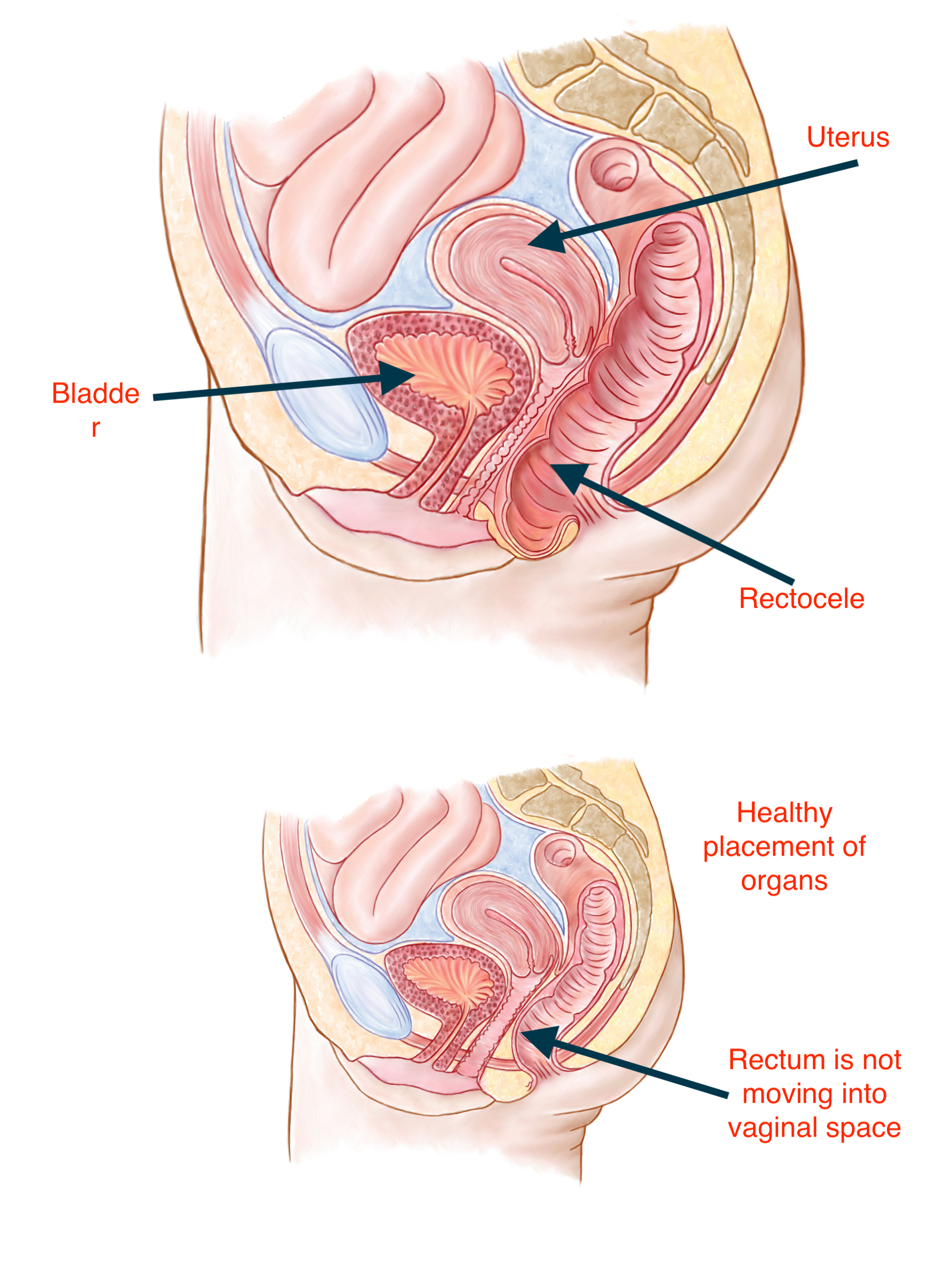
- Maintaining a high-fiber diet to prevent constipation
- Staying hydrated to promote healthy bowel function
- Avoiding straining during bowel movements
- Performing regular pelvic floor exercises
- Managing chronic cough or other conditions that increase abdominal pressure
- Seeking prompt treatment for persistent diarrhea or constipation
How effective are preventive measures in reducing the risk of rectal prolapse? While these strategies can significantly lower the risk, they may not eliminate it entirely, especially for individuals with multiple risk factors or underlying conditions.
Potential Complications of Untreated Rectal Prolapse
Left untreated, rectal prolapse can lead to various complications:
- Chronic pain and discomfort
- Difficulty controlling bowel movements (fecal incontinence)
- Ulceration or bleeding of the prolapsed tissue
- Strangulation of the prolapsed rectum, leading to tissue death
- Increased risk of rectal cancer
- Social isolation and reduced quality of life
Is fecal incontinence an inevitable consequence of rectal prolapse? While fecal incontinence is a common complication, early treatment of rectal prolapse can often prevent or improve this symptom.

Living with Rectal Prolapse: Coping Strategies and Support
For individuals living with rectal prolapse, several strategies can help manage the condition and improve quality of life:
- Joining support groups to connect with others facing similar challenges
- Practicing good hygiene to prevent irritation and infection
- Using protective undergarments if incontinence is an issue
- Working with a therapist to address any psychological impacts
- Maintaining open communication with healthcare providers
- Exploring adaptive techniques for daily activities
How can family members support someone with rectal prolapse? Family members can provide emotional support, assist with lifestyle modifications, and encourage adherence to treatment plans. Understanding and empathy are crucial in helping individuals cope with this condition.
Rectal prolapse, while potentially distressing, is a manageable condition with proper diagnosis and treatment. By understanding its types, symptoms, causes, and available treatments, individuals can work effectively with healthcare providers to develop an appropriate management plan. Early intervention is key to preventing complications and improving overall quality of life. For those at risk or experiencing symptoms, prompt medical consultation is essential to ensure the best possible outcomes.

Rectal Prolapse: Symptoms, Causes, Treatment, Surgery
Written by WebMD Editorial Contributors
- What Is Rectal Prolapse?
- Types of Rectal Prolapse
- Rectal Prolapse Symptoms
- Rectal Prolapse Causes
- Rectal Prolapse Risk Factors
- Rectal Prolapse Diagnosis
- Rectal Prolapse Treatment
- Rectal Prolapse Prevention
- Rectal Prolapse Complications
- More
Prolapse is when any body part slips or falls down from its normal position. Rectal prolapse is when your rectum — the last section of your large intestine — drops down or slides out of your anus. While that may sound scary, it’s typically not considered a medical emergency. However, the longer you have the condition, the worse it can get. Living with rectal prolapse can cause embarrassment and affect your quality of life.
If you feel like something just isn’t right when you go to the bathroom, or try to poop, you shouldn’t ignore it or make light of it. Your doctor can diagnose rectal prolapse and suggest treatment to fix it.
Your doctor can diagnose rectal prolapse and suggest treatment to fix it.
There are three types of prolapse:
- External prolapse: The entire rectum sticks out of your anus.
- Mucosal prolapse: Part of the rectal lining pokes out of your anus.
- Internal prolapse: The rectum has started to drop but is not yet sticking out of your anus.
If you feel like you’re sitting on a ball after pooping, or if you notice that you have something sticking out of the opening (your anus) where you poop, you could have rectal prolapse.
Typically, you’ll first experience rectal prolapse after you have a bowel movement. The first time, or first few times, the rectum may return inside on its own. Later, you may feel like something has fallen out of your body, or you just feel something down there that isn’t normal. In those cases, you may be able to push the rectum back in yourself.
Additional symptoms of rectal prolapse can include:
- Feeling a bulge outside your anus
- Seeing a red mass outside your anal opening
- Pain in the anus or rectum
- Bleeding from the rectum
- Leaking blood, poop, or mucus from the anus
Early on, rectal prolapse may look like hemorrhoids slipping out of your anal opening, but these are two different conditions. Hemorrhoids are swollen blood vessels in your anus or lower rectum that may cause itching, pain, and blood on the toilet paper when you wipe after you poop. Your doctor can diagnose whether you have rectal prolapse or hemorrhoids.
Hemorrhoids are swollen blood vessels in your anus or lower rectum that may cause itching, pain, and blood on the toilet paper when you wipe after you poop. Your doctor can diagnose whether you have rectal prolapse or hemorrhoids.
A variety of things can cause the condition, including:
- Long-term history of diarrhea or constipation
- Long-term history of having to strain when you poop
- Old age, which weakens muscles and ligaments in the rectal area
- Previous injury to the anal or hip area
- Nerve damage that affects your muscles’ ability to tighten and loosen, which could be caused by pregnancy, vaginal childbirth complications, anal sphincter paralysis, or injury to your spine or back
- Neurological problems, such as spinal cord disease or spinal cord transection
More women develop rectal prolapse than men, especially women older than 50. In general, older people who have had a history of constipation or problems with their pelvic floor have a higher chance of having the problem.
Any of these health conditions could put you at higher risk for rectal prolapse:
- Chronic constipation
- Always have to strain to poop
- Lower back injury or disc disease
- Muscle weakness in your anus or pelvic floor
- Someone in your family also had rectal prolapse
- Parasitic infections like schistosomiasis
- Chronic obstructive pulmonary disorder (COPD)
- Benign prostatic hypertrophy
- Any injury or problems with ligaments that keep your rectum attached to the intestinal wall
- Congenital bowel disorders like Hirschsprung’s disease or neuronal intestinal dysplasia
Your doctor can do a rectal exam. While you may hesitate to do this, your doctor may ask you to sit on a toilet and poop or at least try to go. This is helpful because it allows your doctor to see the prolapse.
You may need some other, more advanced tests to diagnose rectal prolapse, especially if you have other related conditions:
- Anal electromyography (EMG):This test checks to see if nerve damage is causing your anal sphincter problems.

- Anal manometry: A thin tube is inserted into your rectum to test muscle strength.
- Anal ultrasound: A probe inserted into your anus and rectum is used to examine muscles and tissues.
- Pudendal nerve terminal motor latency test: It checks your pudendal nerves, which you use to control bowel movements.
- Proctography:X-ray videos of your rectum during a poop show how well it holds and releases feces.
- Colonoscopy: A long tube inserted into your rectum with a tiny camera at the end can show the inside of your intestines and look for any problems that may be causing your prolapse.
- Proctosigmoidoscopy:This test also uses a long tube with a camera on the end. It’s inserted deep into your intestines to look for inflammation, scarring, or a tumor.
- MRI: Imaging scan examines all of the organs in your pelvic area.

The most common treatment for rectal prolapse is surgery to put the rectum back in place, and there are several types. The kind of surgery your doctor recommends will depend on factors such as your overall health, age, and how serious your condition is. The two most common types of surgery:
- Abdominal: This type of surgery can be done either with a large incision or using laparoscopy, which uses small cuts and a camera attached to an instrument so the surgeon can see what needs to be done and if there are any additional issues that need to be fixed.
- Perineal: Also called rectal repair, this approach may be used if you are older or have other medical problems. This type of surgery can involve the inner lining of the rectum or the portion of the rectum extending out of the anus.
If your rectal prolapse is very minor and it is caught early, your doctor might have you treat it by taking stool softeners to make it easier to go to the bathroom and by pushing the rectum’s tissue back up the anus by hand.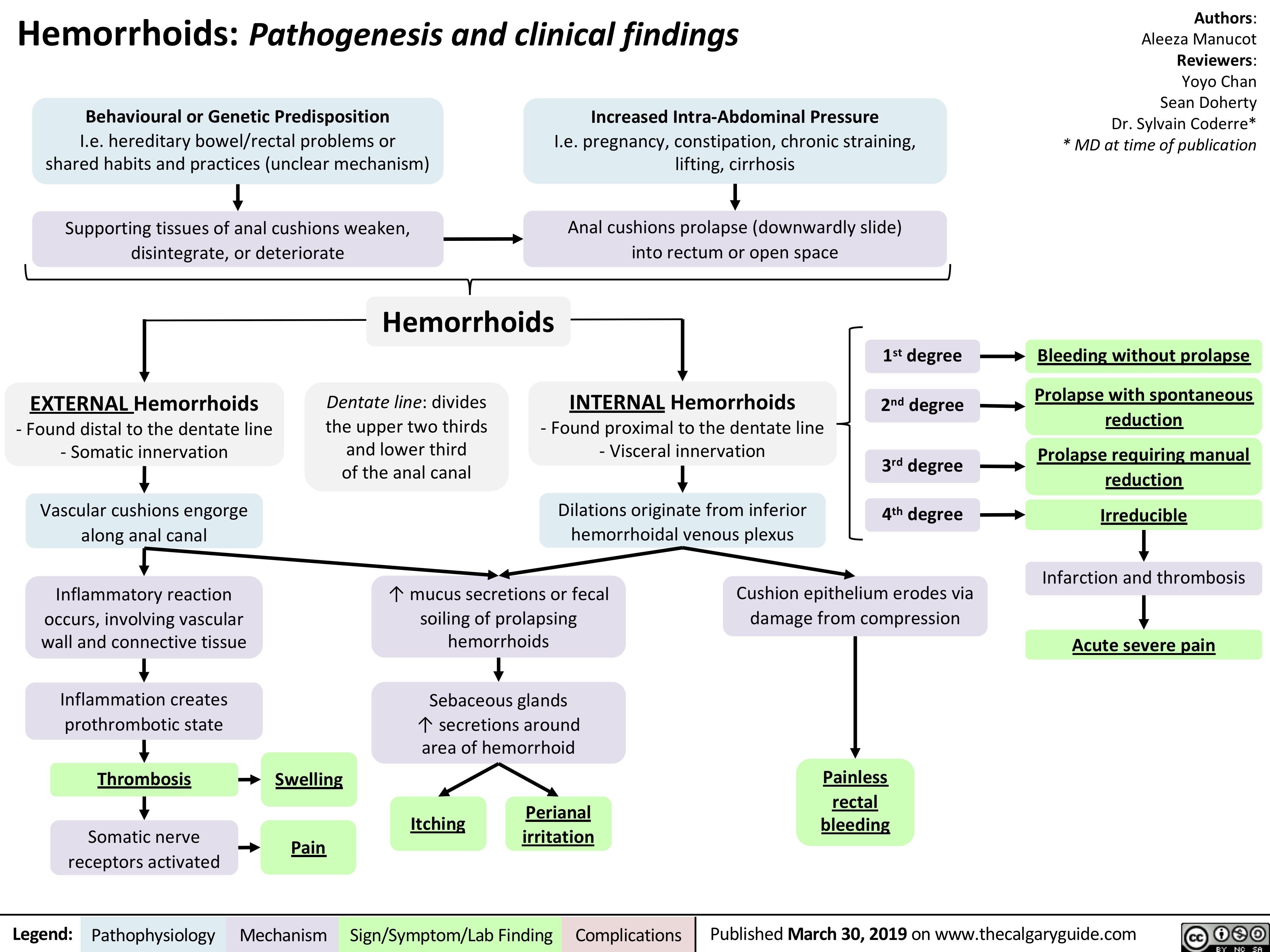 But, typically, you will eventually need to have surgery to fix rectal prolapse.
But, typically, you will eventually need to have surgery to fix rectal prolapse.
To prevent rectal prolapse, try not to strain when you poop. Try these tips to ease or prevent constipation that leads to straining:
- Get more fiber in your diet. Aim for at least five servings of fruits and veggies each day.
- Drink 6 to 8 glasses of water a day.
- Get regular exercise.
- Keep your weight at a healthy level or lose weight if you need to.
- If you have constipation often, talk to your doctor. They may direct you to take a stool softener or laxative.
Avoid heavy lifting, as this could put pressure on your bowel muscles.
Rectal prolapse, if it’s not treated, could lead to these complications:
- Rectal damage like ulceration or bleeding
- Your rectum can’t be manually pushed back up inside you
- Strangulation, or the blood supply in your rectum is reduced
- Gangrene, or the strangulated rectal tissue decays and dies
Top Picks
Rectal prolapse Information | Mount Sinai
Procidentia; Rectal intussusception
Rectal prolapse occurs when the rectum sags and comes through the anal opening.
Rectal prolapse may be partial, involving only the mucosa or complete, involving the entire wall of the rectum.
The rectum is the final portion of the large intestine. It empties stool from the body through the anus. The rectum is anchored in position by ligaments. When these ligaments weaken, the rectum can move out of its normal position, downward, and pass through the anus. This is called rectal prolapse.
Causes
The exact cause of rectal prolapse is unclear. Possible causes may include any of the following:
- An enlarged opening due to relaxed muscles in the pelvic floor, which is formed of muscles around the rectum
- Loose muscles of the anal sphincter
- An abnormally long colon
- Downward movement of the abdominal cavity between the rectum and uterus
- Prolapse of the small intestine
- Constipation
- Diarrhea
- Chronic coughing and sneezing
A prolapse can be partial or complete:
- With a partial prolapse, the inner lining of the rectum bulges partly from the anus.
- With a complete prolapse, the entire rectum bulges through the anus.
Rectal prolapse occurs most often in children under age 6. Health problems that may lead to prolapse include:
- Cystic fibrosis
- Intestinal worm infections
- Long-term diarrhea
- Other health problems present at birth
In adults, it is usually found with constipation, or with a muscle or nerve problem in the pelvic or genital area.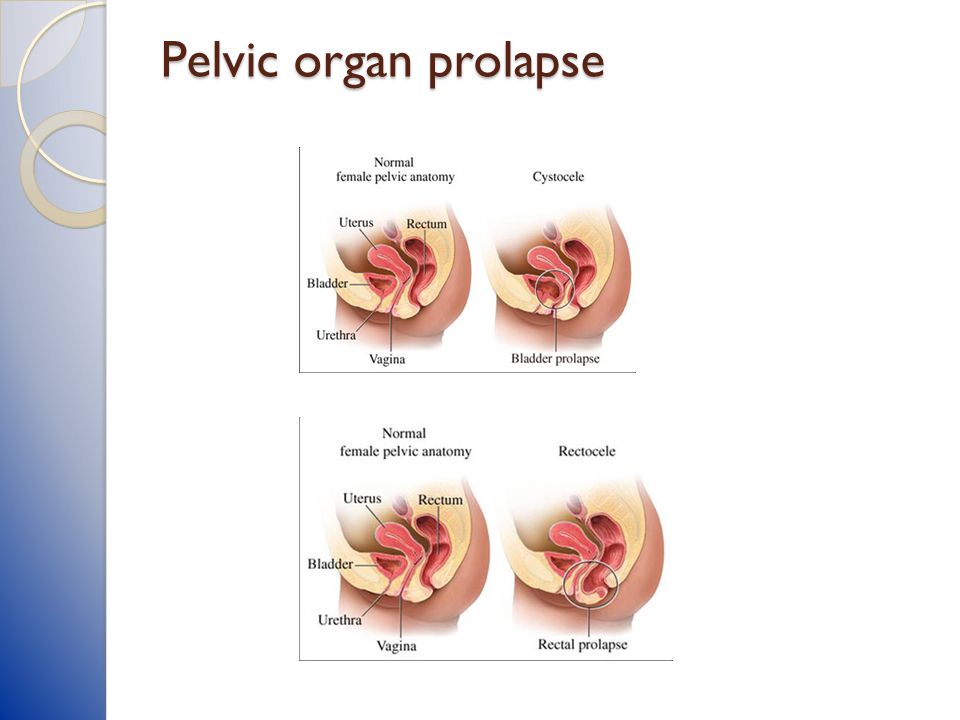
Symptoms
The main symptom is a reddish-colored mass that sticks out from the opening of the anus, especially after a bowel movement. This reddish mass is actually the inner lining of the rectum. It may bleed slightly and can be uncomfortable and painful.
Exams and Tests
The health care provider will perform a physical exam, which will include a rectal exam. To check for prolapse, the provider may ask the person to bear down while sitting on a toilet.
To check for prolapse, the provider may ask the person to bear down while sitting on a toilet.
Tests that may be done include:
- Colonoscopy to confirm the diagnosis
- Blood test to check for anemia if there is bleeding from the rectum
Treatment
Call your provider if a rectal prolapse occurs.
In some cases, the prolapse can be treated at home. Follow your provider’s instructions on how to do this. The rectum must be pushed back inside manually. A soft, warm, wet cloth is used to apply gentle pressure to the mass to push it back through the anal opening. The person should lie on one side in a knee-chest position before applying pressure. This position allows gravity to help put the rectum back into position.
This position allows gravity to help put the rectum back into position.
Immediate surgery is rarely needed. In children, treating the cause often solves the problem. For example, if the cause is straining because of dry stools, laxatives may help. If the prolapse continues, surgery may be needed.
In adults, the only cure for rectal prolapse is a procedure that repairs the weakened anal sphincter and pelvic muscles.
Outlook (Prognosis)
In children, treating the cause cures rectal prolapse. In adults, surgery usually cures the prolapse.
When rectal prolapse is not treated, constipation and loss of bowel control may develop.
When to Contact a Medical Professional
Call your provider right away if there is a rectal prolapse.
Prevention
In children, treating the cause usually prevents rectal prolapse from happening again.
Iturrino JC, Lembo AJ. Constipation. In: Feldman M, Friedman LS, Brandt LJ, eds. Sleisenger and Fordtran’s Gastrointestinal and Liver Disease: Pathophysiology/Diagnosis/Management. 11th ed. Philadelphia, PA: Elsevier; 2021:chap 19.
Kliegman RM, St. Geme JW, Blum NJ, Shah SS, Tasker RC, Wilson KM. Surgical conditions of the anus and rectum. In: Kliegman RM, St. Geme JW, Blum NJ, Shah SS, Tasker RC, Wilson KM, eds. Nelson Textbook of Pediatrics. 21st ed. Philadelphia, PA: Elsevier; 2020:chap 371.
Geme JW, Blum NJ, Shah SS, Tasker RC, Wilson KM, eds. Nelson Textbook of Pediatrics. 21st ed. Philadelphia, PA: Elsevier; 2020:chap 371.
Madoff RD, Melton-Meaux GB. Diseases of the rectum and anus. In: Goldman L, Schafer AI, eds. Goldman-Cecil Medicine. 26th ed. Philadelphia, PA: Elsevier; 2020:chap 136.
Last reviewed on: 4/20/2022
Reviewed by: Debra G. Wechter, MD, FACS, General Surgery Practice Specializing in Breast Cancer, Virginia Mason Medical Center, Seattle, WA. Also reviewed by David C. Dugdale, MD, Medical Director, Brenda Conaway, Editorial Director, and the A.D.A.M. Editorial team.
Rectal prolapse (rectal prolapse) – symptoms, causes, types, prevention and treatment methods in the “SM-Clinic”
This disease is treated by Proctologist
- What is it?
- About disease
- Types of intestinal prolapse
- Symptoms of bowel prolapse
- Causes of bowel prolapse
- Diagnosis of rectal prolapse
- Expert opinion
- Treatment of bowel prolapse
- Surgical treatment
- Prophylaxis
- Rehabilitation
- Q&A
About the disease
Prolapse of the rectum is one of the severe pathologies of the intestine, in which all layers of the intestinal wall turn out through the anus. Most often, this pathological process occurs against the background of weakening of the pelvic muscles. One of the characteristic features of this pathological phenomenon is the squeezing of the vessels of the submucosal layer by the walls of the anal canal. As a result of prolonged compression, the mucosa acquires a bluish tint and may necrotize (die off) due to the cessation of blood flow.
Most often, this pathological process occurs against the background of weakening of the pelvic muscles. One of the characteristic features of this pathological phenomenon is the squeezing of the vessels of the submucosal layer by the walls of the anal canal. As a result of prolonged compression, the mucosa acquires a bluish tint and may necrotize (die off) due to the cessation of blood flow.
Prolapse is often preceded by internal intussusception. This is a condition in which the protrusion of the superior parts of the rectum into the lumen of the lower ones occurs, but they do not go beyond the anal canal.
Types of intestinal prolapse
The generally accepted classification of rectal prolapse is based on the severity of symptoms, neglect and severity of the disease. There are three stages of the pathological process:
- the first stage: the rectum falls out only during defecation;
- second stage: the lower part of the intestine begins to fall out during physical exertion.

- third stage: bowel prolapse occurs when walking or when moving to an upright position.
Symptoms of bowel prolapse
At the initial stage of the development of the pathology, when only the mucous membrane falls out, it is easy to set it yourself. At this time, there are no unpleasant symptoms, but if treatment is not started, the course of the disease will worsen and the prolapse will become complete. In this case, the prolapsed part of the intestine has a cylindrical shape and resembles a tumor. If it is not set for a long time, the mucous membrane swells, ulcerates, bleeds. Other signs of bowel prolapse include:
- fecal incontinence;
- swelling of the anus;
- secretion of mucus from the anus;
- decreased tone of the anal sphincter;
- spotting or bleeding from the anus;
- a feeling of fullness in the anus as if there was a foreign body in it.
Pain syndrome is not a characteristic symptom of rectal prolapse. Pain may appear in cases of infringement of part of the intestine or with significant prolapse.
Pain may appear in cases of infringement of part of the intestine or with significant prolapse.
Causes of bowel prolapse
Rectal prolapse may occur due to a combination of several adverse factors. The exact causes of bowel prolapse have not been established, but experts have identified a wide range of risk factors. The main ones include anatomical and constitutional features, which include:
- weak ligamentous apparatus;
- large dimensions of the pelvic pocket of the peritoneum;
- excessive mobility of the rectum and sigmoid colon, etc.
Not the last place in the development of pathology is the genetic factor and acquired degenerative changes in the muscles of the obturator apparatus and the intestinal wall.
Direct causes of bowel prolapse include:
- severe diarrhea;
- dramatic weight loss;
- strenuous exercise;
- prolonged constipation with excessive straining to empty the bowels;
- blunt trauma to the abdomen (a sharp increase in intra-abdominal pressure provokes eversion of the rectum out through the anus, like a hernia.

The development of intestinal prolapse can be promoted by trauma to the spinal cord with damage to the cauda equina (a bundle of spinal nerves extending from its final section), age-related tissue changes, and the consequences of neurological diseases. The risk group includes women who have given birth and the elderly.
Get advice
If you experience these symptoms, we advise you to make an appointment with your doctor. Timely consultation will prevent negative consequences for your health.
To learn more about the disease, prices for treatment and sign up for a consultation with a specialist, you can call:
+7 (495) 777-48-49
Request a call back
Book online
Why SM-Clinic?
1
Treatment according to clinical guidelines
2
Comprehensive assessment of the nature of the disease and treatment prognosis
3
Modern diagnostic equipment and own laboratory
4
High level of service and balanced pricing policy
Diagnosis of rectal prolapse
An experienced proctologist in most cases can make a diagnosis already at the initial examination.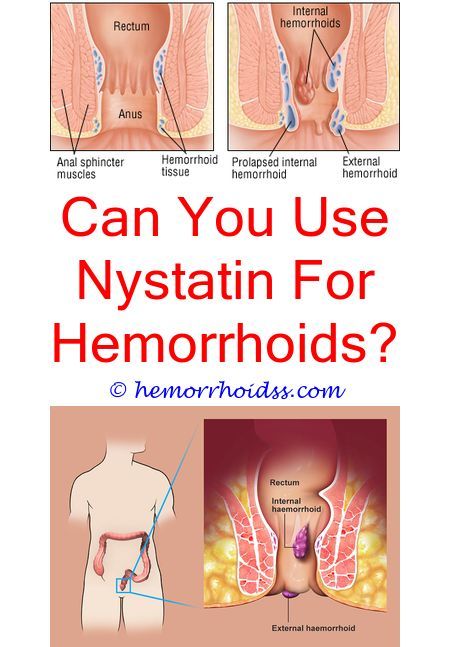 To clarify it and choose the right treatment protocol, an assessment of the severity of the disease is required. For this purpose, the patient is prescribed additional instrumental studies. To determine the severity of intestinal prolapse allow:
To clarify it and choose the right treatment protocol, an assessment of the severity of the disease is required. For this purpose, the patient is prescribed additional instrumental studies. To determine the severity of intestinal prolapse allow:
- anal manometry, this test is designed to measure the strength of the anal sphincter muscles and assess holding function;
- transrectal ultrasound, with its help, the doctor assesses the structure and shape of the muscles of the anal sphincter and surrounding tissues;
- defecography (proctography), this study is used to assess how well the rectum holds stool and is emptied;
- colonoscopy, with this diagnostic procedure, a specialist can visually inspect the entire internal surface of the intestine and identify problems present in it;
- anal electromyography, this test allows you to identify nerve damage that leads to improper functioning of the anal sphincter, it also determines the coordination of the anal muscles and intestines.

If necessary, specialists of an adjacent profile, for example, neurologists, are connected to the diagnosis.
Expert opinion
Intestinal prolapse is a serious pathology that, having appeared once, does not disappear, but continues to gradually progress. If you do not start treatment, the prolapsed part of the intestine will constantly increase, and the anal sphincter will stretch. The disease itself is an ordeal for a person, but the consequences of rectal prolapse can be extremely dangerous. The most formidable complications are:
- acute intestinal obstruction;
- strangulation of parts of the intestine;
- rectal bleeding;
- mucosal ulcers;
- peritonitis.
To prevent the transition of the pathology to a more severe form or the development of complications, you should consult a doctor at the first sign of prolapse, and then do not delay the planned operation. The sooner doctors fix the problem, the better the results will be and the faster the recovery will be.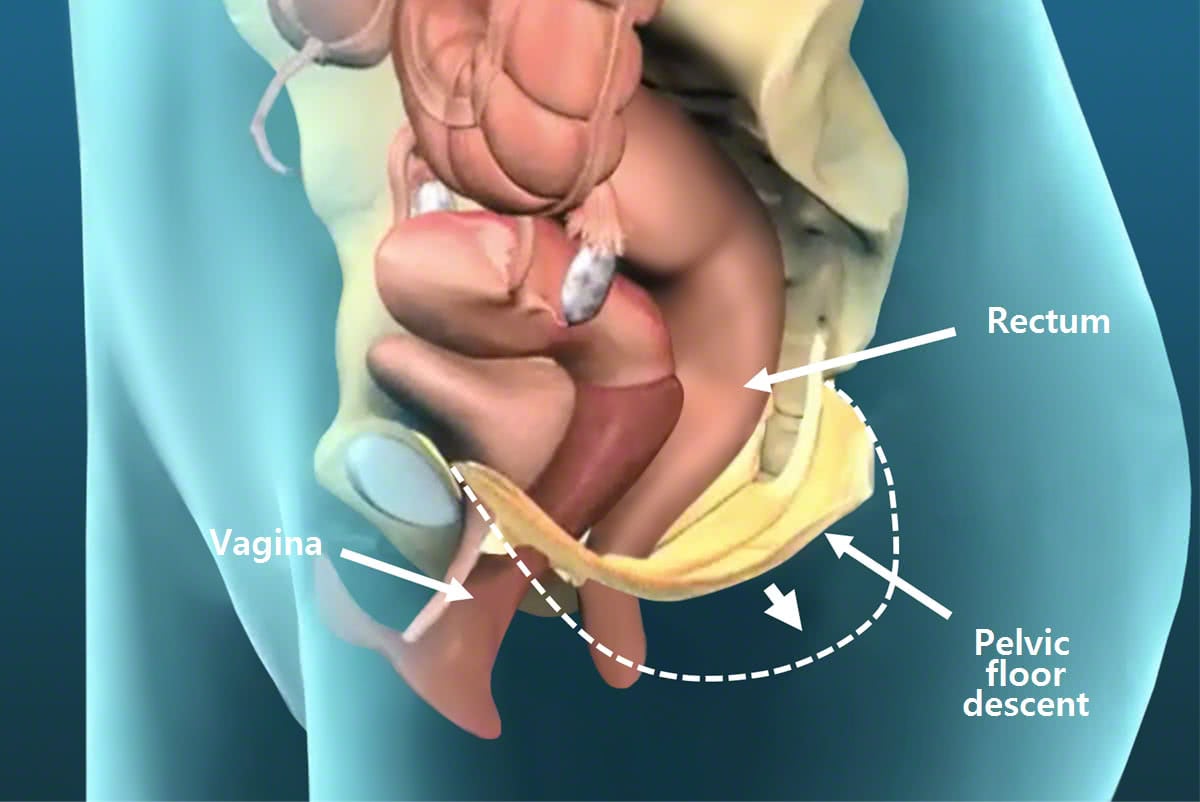 Patients after the operation restore social activity, psychological complexes disappear and sexual life normalizes.
Patients after the operation restore social activity, psychological complexes disappear and sexual life normalizes.
Igor Peresada
Coloproctologist, Candidate of Medical Sciences, Leading Coloproctologist of the Holding, Leading Specialist
Treatment of bowel prolapse
In the early stages of the pathology, treatment can be conservative, but experience shows that these methods do not guarantee complete success. Surgical intervention is considered the best option.
Conservative treatment
This therapy is carried out before surgery and consists in the normalization of the stool in order to avoid constipation in the postoperative period. First of all, the patient’s diet is changed, enriching it with coarse fiber and strengthening the drinking regimen. If the stool is not restored, the doctor selects suitable laxatives of physiological action.
Surgical treatment
Several surgical techniques are used to treat rectal prolapse.
- Rectosacropexy. It is performed using an alloprosthesis, a mesh allograft designed to hold the intestine in a predetermined position. Surgical manipulations consist in the fact that, first of all, the intestine is raised to the level of the muscles of the anus, then it is pulled up and fixed by means of a mesh allograft to the presacral fascia located between the sacrum and the rectum.
- Operation Kümmel. This surgical manipulation consists in fixing the intestine raised to the promontory of the sacrum with interrupted sutures.
Abdominal surgery can be performed both through incisions, open access, and minimally invasive laparoscopic method, through 3 small punctures.
There are several surgeries that can be performed without external incisions. All manipulations are carried out through the anus.
- Delorme operation. This is the excision and removal of the protruding part of the intestinal mucosa and the subsequent creation of a muscle cuff in its place, which will hold it, protecting it from falling out.

- Operation Altmeier. This is the removal of the protruding part of the rectum with the formation of a coloanal anastomosis (connection of the remaining part of the intestine to the anal canal.
Surgery allows most patients to completely get rid of the negative symptoms of rectal prolapse.
Prevention
The main way to prevent bowel prolapse is to take measures to ensure the normal functioning of the bowels. Doctors recommend that you carefully monitor your diet. The menu should include more bran, dairy products, coarse fiber. In addition, heavy lifting and excessive physical activity should be avoided, especially with a high risk of developing prolapse.
Rehabilitation
The duration of hospitalization and full rehabilitation depends on the type of operation. After surgery, it is important to exclude overexertion, control the stool, and prevent constipation and severe straining. The normal functioning of the digestive tract is ensured by a balanced diet. The diet of the operated patient is made up individually, taking into account his needs and wishes. It is also necessary to abandon weight lifting, intense physical activity, sexual intercourse, overheating and hypothermia, visiting the pool and swimming in open water.
The diet of the operated patient is made up individually, taking into account his needs and wishes. It is also necessary to abandon weight lifting, intense physical activity, sexual intercourse, overheating and hypothermia, visiting the pool and swimming in open water.
In addition, after surgery, patients should visit a proctologist to assess the recovery process and early diagnosis of recurrence. The frequency of visits is determined by the doctor.
Q&A
Yes, but only at the initial stage. If you do not engage in treatment, the intestines will begin to fall out even when you cough.
This pathology responds well to treatment, and recurrences occur in only 15% of cases.
Gaivoronskaya S. S., Vasiliev S. V., Chania Z. D., Popov D. E., Nedozimovany A. I. Possibilities of complex treatment of rectal prolapse // Tomsk State University Journal. hir.. 2007. No. 2.
Alexey Ildarovich Musin, Leonid Alekseevich Grateful, Sergey Alekseevich Frolov Modern concept of surgical treatment of rectal prolapse // Astrakhan Medical Journal. 2011. No. 4.
2011. No. 4.
SS Imanova, BM Zeynalov The choice of surgical tactics for rectal prolapse // Biomedicine (Baku). 2017. No. 2.
Vasiliev SV, Popov DE, Gaivoronskaya SS Comparative evaluation and choice of optimal methods of surgical treatment of patients with rectal prolapse // Acta Biomedica Scientifica. 2005. No. 4.
>
Diseases referred to Proctologist
Anal fissure
anal fringes
Crohn’s disease
Pain in the anus
Haemorrhoids
Constipation
warts
coccygeal passage
Blood in stool
paraproctitis
Proctitis
Rectovaginal fistula
Fistula of the rectum
Chronic pelvic pain syndrome
Encoprese
Ulcerative colitis
All doctors
VDNH metro station
Belorusskaya metro station
Molodyozhnaya metro station
Textile workers metro station
Kurskaya metro station
Sevastopolskaya metro station 9 0003
Chertanovskaya metro station
Krylatskoe metro station
Voikovskaya metro station
Baltiyskaya metro station
Maryina Roshcha metro station
Novye Cheryomushki metro station
Vodny stadium metro station
Street 1905 metro station
Sukharevskaya
All doctors
Loading
Make an appointment with a proctologist
fields marked with * must be completed
Name
Telephone *
By clicking on the button, you consent to the processing of your personal data
Registration through the site is preliminary.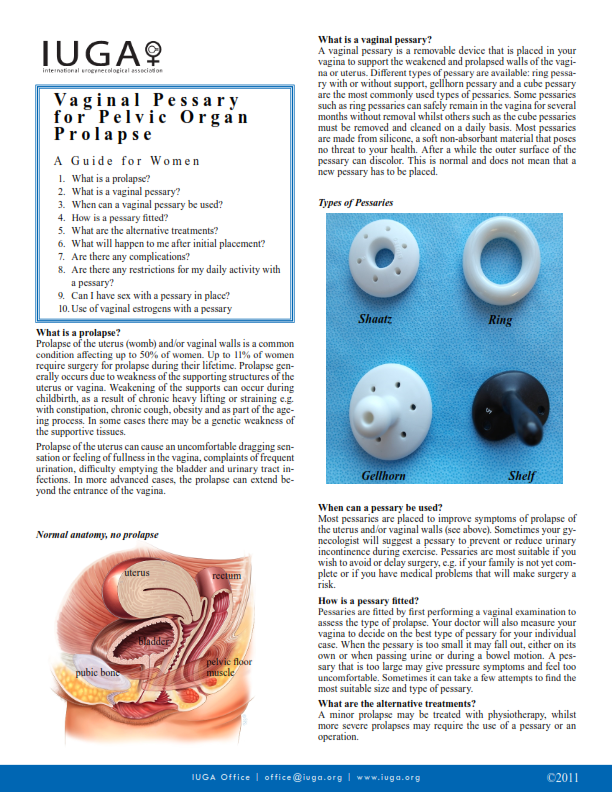 Our employee will contact you to confirm the appointment with a specialist.
Our employee will contact you to confirm the appointment with a specialist.
We guarantee non-disclosure of personal data and the absence of advertising mailings to the phone number you specified. Your data is necessary to provide feedback and arrange an appointment with a clinic specialist.
Licenses
Go to the license sectionGo to the legal information section
Rectal prolapse – methods of treatment, stages of prolapsed nodes, symptoms and complications
Classification Symptoms Complications Diagnosis Treatment methods Prognosis Prevention
Rectal prolapse , or rectal prolapse is a pathological condition
which is accompanied by the release of the mucosa beyond the boundaries of the anal sphincter. All layers of the diastal layer fall out
segment of the large intestine. The protruding segment in this case ranges from 2 to 20 centimeters and even more.
Often this disease is diagnosed in men, they account for 70% of clinical cases. In 30% pathology
In 30% pathology
occurs in women. Prolapse is predominantly formed in people of working age from 20 to 50 years, however
often occurs in babies 3-4 years old due to the specifics of the anatomical and physiological characteristics of the child
organism.
Causes of weakening of muscles and ligaments, which leads to prolapse of rectal nodes:
- hereditary predisposition;
- incorrect anatomical structure of the pelvic bones, shape and rectum and sigmoid colon, intestinal wall;
- prolonged defecation disorders: diarrhoea, constipation;
- excessive straining during urination;
- parasitic intestinal infections;
- injury to pelvic nerves and muscles;
- regular excessive physical activity, hard work, heavy lifting;
- heavy or multiple childbirth in women;
- diseases of the nervous system.

Classification
The official classification of human rectal prolapse is used by specialists when developing a therapeutic
scheme. It provides for the distribution of pathology into three stages:
- stage 1 (compensated) – the intestine falls out only during defecation and returns on its own
in a natural position; - stage 2 (subcompensated) – prolapse occurs during bowel movements and at high
physical exertion, accompanied by insufficiency of the anal sphincter; - Stage 3 (decompensated) – prolapse of the rectum is observed even when walking, coughing, sneezing,
accompanied by incontinence of feces, gases, severe insufficiency of the sphincter.
Specialists also distinguish two variants of rectal prolapse:
- Hernial – the Douglas pocket and the anterior wall of the rectum are displaced downward, with weak muscles
pelvic floor and constant high intra-abdominal pressure lead to prolapse of the intestine into the anal canal. Through
Through
time, all the walls are involved in the pathological process, and the sagging increases. - Invaginated or internal prolapse – part of the rectum or sigmoid colon is embedded in the lumen
other part of the intestine. In this case, the organ does not go outside, and the main symptom of pathology is regular
strong pain attacks.
Symptoms
Symptoms of pathology occur both gradually and suddenly. An unexpected start is associated with sharp and intense
loads, stress. After such an episode, the rectum falls out, and the person feels sharp pains in the abdomen, up to
to pain shock.
More often, however, rectal prolapse develops gradually. As the pathology progresses, it becomes more
pronounced and signs of prolapse:
- sensation of a foreign body in the anus;
- pain in the abdomen, which increases during walking, exercise, defecation;
- incontinence, inability to keep gases, stools;
- frequent false urge to defecate;
- sensation of incomplete bowel movements;
- frequent urination;
- secretion of mucus, blood from the anus;
- the formation of a solitary ulcer, mucosal edema (with internal prolapse).

Untreated complications
The most dangerous complication that occurs when prolapse is ignored is the infringement of the prolapsed segment of the intestine.
Infringement appears with untimely intervention or when you try to set the prolapse on your own.
Accompanied by edema, increasing ischemia, impaired blood supply. If you do not seek help in time,
the outer portion of the tissues will be affected by necrosis (tissue necrosis).
Another complication that pathology leads to is solitary ulcers. Such wounds cause over time
bleeding leading to perforation.
In advanced stages of internal prolapse, acute intestinal obstruction and peritonitis often occur. These are dangerous
conditions that pose a threat to human life.
Promotion! Free consultation with a surgeon about surgery
Take advantage of this unique opportunity and get a free consultation about elective surgery.
Diagnostics
A proctologist can diagnose rectal prolapse and the degree of prolapse of the intestine even without examination and analysis
symptoms. The prolapsed part of the organ has a cone-shaped, cylindrical or spherical shape, painted in
bright red or bluish tint. The mucous membrane is markedly swollen and bleeds on contact. On
in the early stages, you can set the intestine and restore the normal state of the tissues. If at the time of examination the prolapse is not
observed, the patient is offered to strain to provoke a prolapse.
During a digital examination, the doctor determines the tone of the sphincter, differentiates the disease from hemorrhoids and anal
polyps. After that, for an accurate diagnosis, identification of complications and the exact stage of the disease,
instrumental diagnostics, which includes:
- colonoscopy – to identify the causes of pathology;
- barium enema – to detect functional changes in the colon;
- defectography (proctography) – to determine the degree of prolapse;
- anorectal manometry – to assess muscle function;
- endoscopic examination (sigmoidoscopy) – to detect intussusception, the presence of ulcers;
- endoscopic biopsy with tissue examination – is prescribed if a solitary ulcer is detected to exclude
oncology of the rectum; - gynecological examination – for women.

Treatments for rectal prolapse
Conservative approaches are used only in the earliest stages of the disease. The main purpose of such events is
normalize stool and eliminate increased intra-abdominal pressure. Clinical recommendations include:
- fiber-rich diet;
- drinking plenty of water;
- laxatives;
- drugs to increase peristalsis;
- neurostimulation, which helps to regain control over the muscles in case of impaired innervation.
Surgical methods of treatment bring results in the later stages of the development of prolapse, as well as in cases where
when conservative therapy fails. There are many operations that help get rid of
pathology. They include:
- excision of a prolapsed section of the rectum;
- bowel fixation;
- anal canal, pelvic floor plasty;
- colon resection;
- combined methods.

Resection of the prolapsed section is more often done predominantly by surgery
Delorme. The surgeon removes the mucous membrane and forms a new muscle layer in the anal canal area. Operation
has a low invasiveness and is suitable even for older patients with serious chronic pathologies.
Less commonly, resection of the prolapsed lobe is done by patchwork cutting according to Nelaton or circular removal according to Mikulich.
Among fixation methods, rectopexy is considered the most effective –
an operation in which the pelvic section of the intestine is attached to the walls of the pelvis, thus restoring the correct
organ anatomy. The operation is performed on patients under 50-55 years of age. In 97% of cases, organ prolapse is eliminated.
Anal plastic surgery helps narrow the anus with surgical sutures and wires,
synthetic materials. However, this group of methods has a high risk of recurrence, so it is rarely used.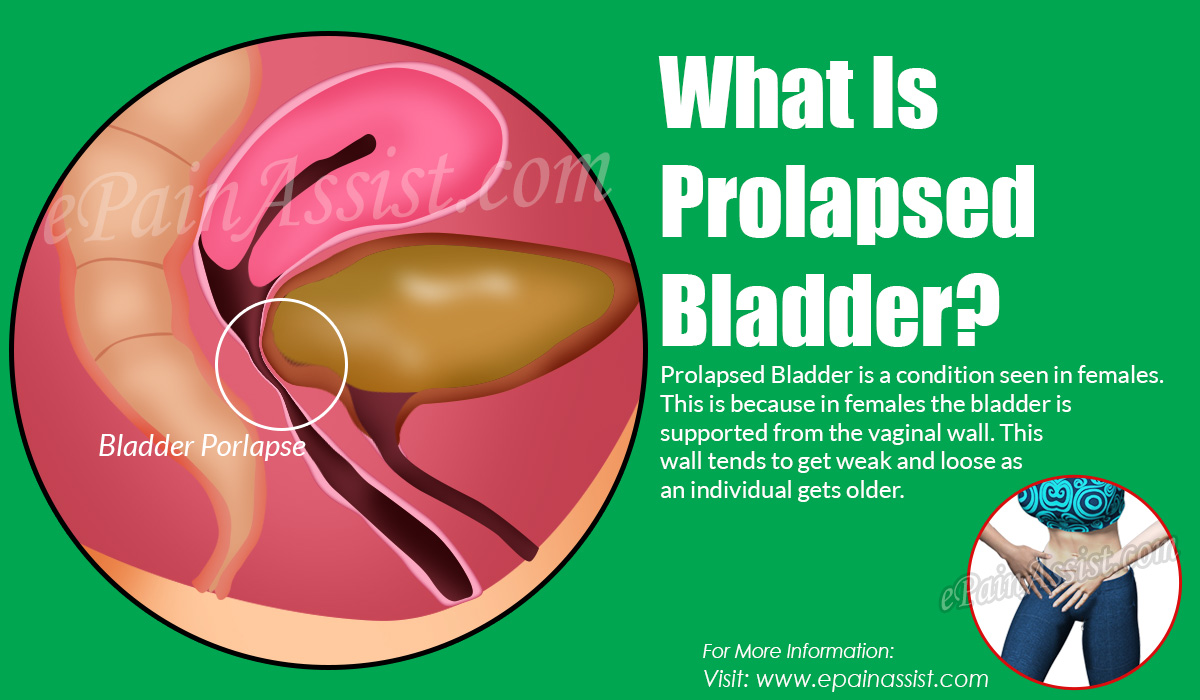
Resection of the distal colon is necessary if the patient has a solitary ulcer or necrosis. Often
such an operation is combined with fixing operations.
SM-Clinic surgeons have experience in performing various types of prolapse surgery. Our clinicians in
are fluent in modern surgical techniques and successfully help patients get rid of pathological
bowel prolapse.
Forecast
Surgical treatment brings a positive result without recurrence in 80% of cases. In 70-75% of patients, as a result
treatment restores the evacuation capacity of the intestine. At the same time, 25-30% of patients develop disorders
transitory function.
Moreover, the earlier the patient seeks help, the more favorable the prognosis will be. Unfortunately, patients often go to
doctor only in the later stages of the development of pathology, when prolapse is already obvious, bowel functions are impaired, and in
tissues began to undergo irreversible changes. In this case, the risk of developing life-threatening complications increases in
In this case, the risk of developing life-threatening complications increases in
times.
Prophylaxis
To prevent the disease, as well as to prevent relapse, doctors recommend eliminating factors that increase
intra-abdominal pressure and cause weakness of the pelvic floor muscles:
- avoid injuries in the pelvis, sacrum;
- physical activity, stress;
- treat constipation, flatulence, diarrhea;
- do not start urolithiasis, prostate adenoma;
- to prevent hacking painful cough.
Pathology develops as a result of a combination of several factors, so for prevention it is necessary to minimize all
risks.
Specialists in this field 21 doctors
Leading doctors 6 doctors
Marina Borisovna Petrushina
Surgeon, proctologist
Work experience: 42 years
Udarnikov, 19
Ladozhskaya metro station
Make an appointment
Aramyan David Surenovich
Surgeon, coloproctologist, oncologist, mammologist
Work experience: 1 3 years
Malaya Balkanskaya, 23
m. Kupchino
Kupchino
Sign up for an appointment
Kolosovsky Yaroslav Viktorovich
Surgeon, mammologist, oncologist
Work experience: 17 years
Dybenko, 13k4
m. Dybenko Street
9000 2 Make an appointment
Karapetyan Zaven Surenovich
Coloproctologist, surgeon and phlebologist
Work experience: 15 years
Danaisky, 47
Dunayskaya metro station
Marshal Zakharov, 2 0
Leninsky Prospect metro station
Make an appointment
Shishkin Andrey Andreevich
Surgeon, phlebologist, proctologist. Candidate of Medical Sciences
Work experience: 13 years
Dunaisky, 47
Dunayskaya metro station
Make an appointment
Maslennikov Dmitry Yurievich
Surgeon, proctologist, mammologist
Work experience: 16 years
Udarnikov, 19
metro Ladozhskaya
Dybenko, 13k4
metro Dy Street benko
Make an appointment
Show more
+15 doctors
Other doctors 15 doctors
Ardashov Pavel Sergeevich
Coloproctologist-surgeon
Work experience: 9 years
Udarnikov, 19
Ladozhskaya metro station
Dybenko, 13k4
m.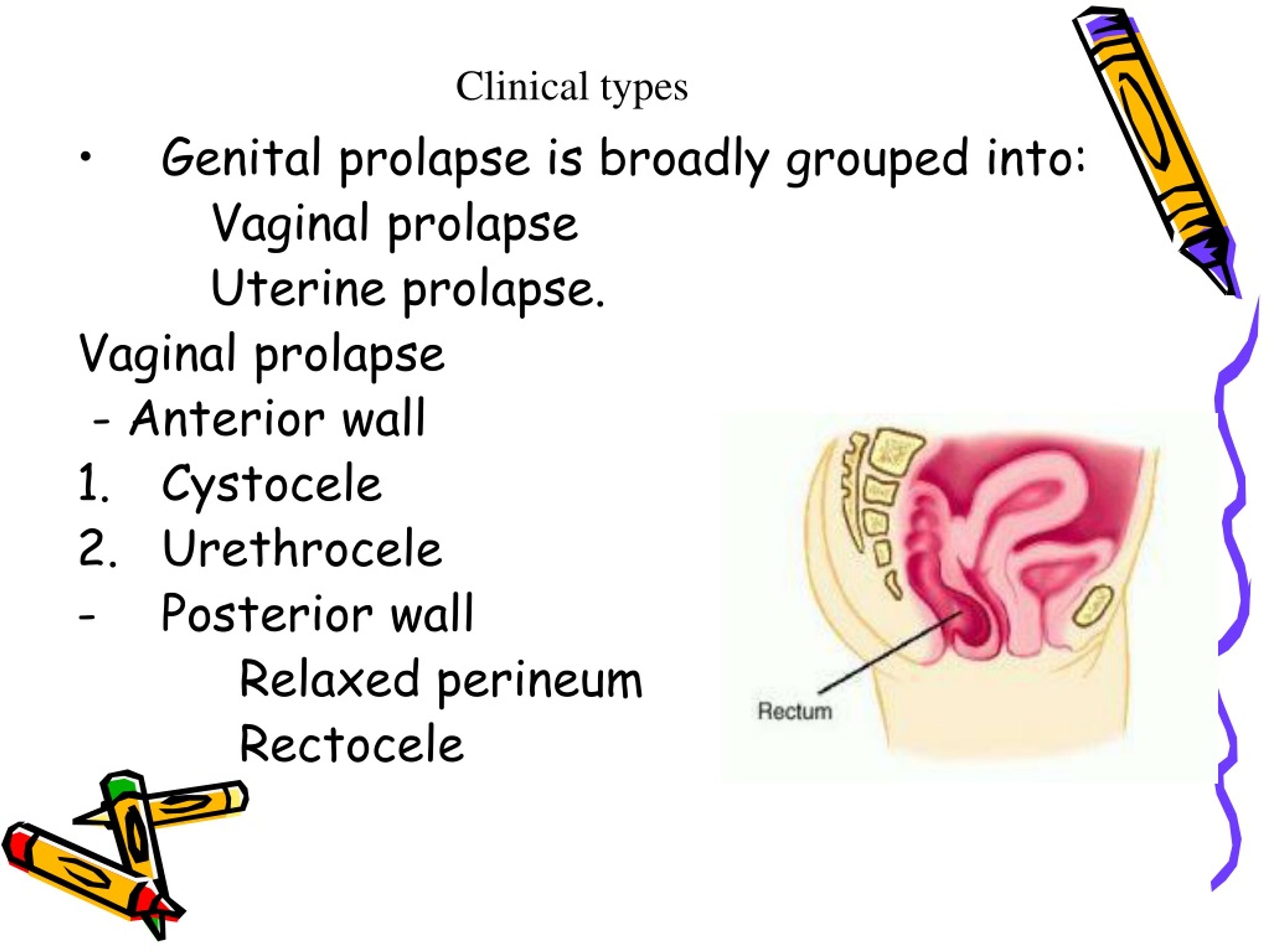 Dybenko street
Dybenko street
Make an appointment
Bulkina Maria Sergeevna
Coloproctologist, surgeon
Work experience: 11 years specter of Enlightenment
Make an appointment
Grinevich Vladimir Stanislavovich
Surgeon, oncologist, mammologist, coloproctologist
Work experience: 27 years
Vyborgskoe shosse, 17
metro Prosveshcheniya
Make an appointment
Klyuev Andrey Nikolaevich
Operating proctologist
Work experience: 16 years
Malaya Balkanskaya, 23
Kupchino metro station
Make an appointment
Nekrasov Roman Aleksandrovich
Coloproctologist and surgeon
Work experience: 8 years
Udarnikov, 19
Ladozhskaya 9 metro station0003
Marshala Zakharov, 20
Leninsky Prospect metro station
Make an appointment
Petrova Vitalina Vasilievna
Operating proctologist
Work experience: 12 years
Vyborgskoe shosse, 17
Prospekt Prosveshcheniya metro station
Make an appointment
Senko Vladimir Vladimirovich
Head of the Center for Surgery and Oncology
Work experience: 23 years
Dunaisky, 47
Dunayskaya metro station
Marshala Zakharova, 20
Leninskiy pr-t metro station
Vyborgskoe shosse, 17
Prosveshcheniya metro station
Make an appointment 90 003
Sinyagina (Nazarova) Maria Andreevna
Surgeon, proctologist
Work experience: 8 years
Marshala Zakharova, 20
Leninsky Prospect metro station
Make an appointment
901 66
Sokolova Anna Sergeevna
Coloproctologist, surgeon.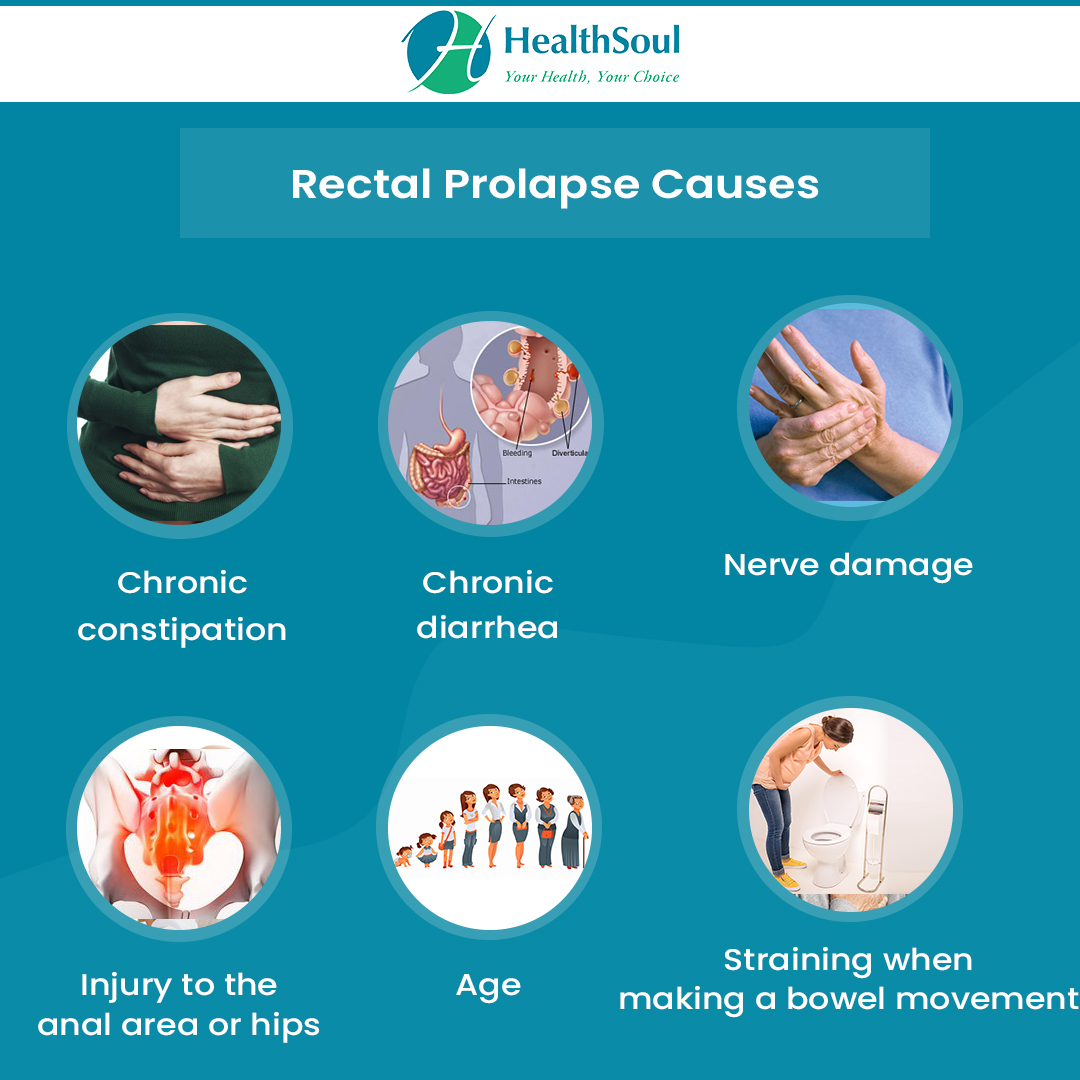 Candidate of Medical Sciences.
Candidate of Medical Sciences.
Work experience: 13 years
Malaya Balkanskaya, 23
Kupchino metro station
Make an appointment
Sol Anton Alexandrovich
Work experience: 15 years
Vyborgskoe shosse, 17
Prospekt Prosveshcheniya metro station
Make an appointment
Fomenko Nikolai Aleksandrovich
Surgeon, proctologist, oncologist
Work experience: 15 years
Marshal Zakharov, 20
metro station Leninsky pr-t
Make an appointment
Khangireev Alexander Bakhytovich
Surgeon, oncologist, coloproctologist
Work experience: 13 years
Udarnikov, 19
002 Dunayskaya metro station
Make an appointment
Khokhlov Sergey Viktorovich
Surgeon, oncologist, coloproctologist
Work experience: 28 years
Vyborgskoe shosse, 17
metro Prospekt Prosveshcheniya
Make an appointment
Chuprina Susanna Vladimirovna
Coloproctologist of the highest category
Work experience: 22 years
Udarnikov, 19
Ladozhskaya metro station
Make an appointment
Yalda Ksenia Davidovna
Coloproctologist
Work experience: 11 years
Malaya Balkanskaya, 23
Kupchino metro station
Make an appointment
Hide the list
Our offices in St.




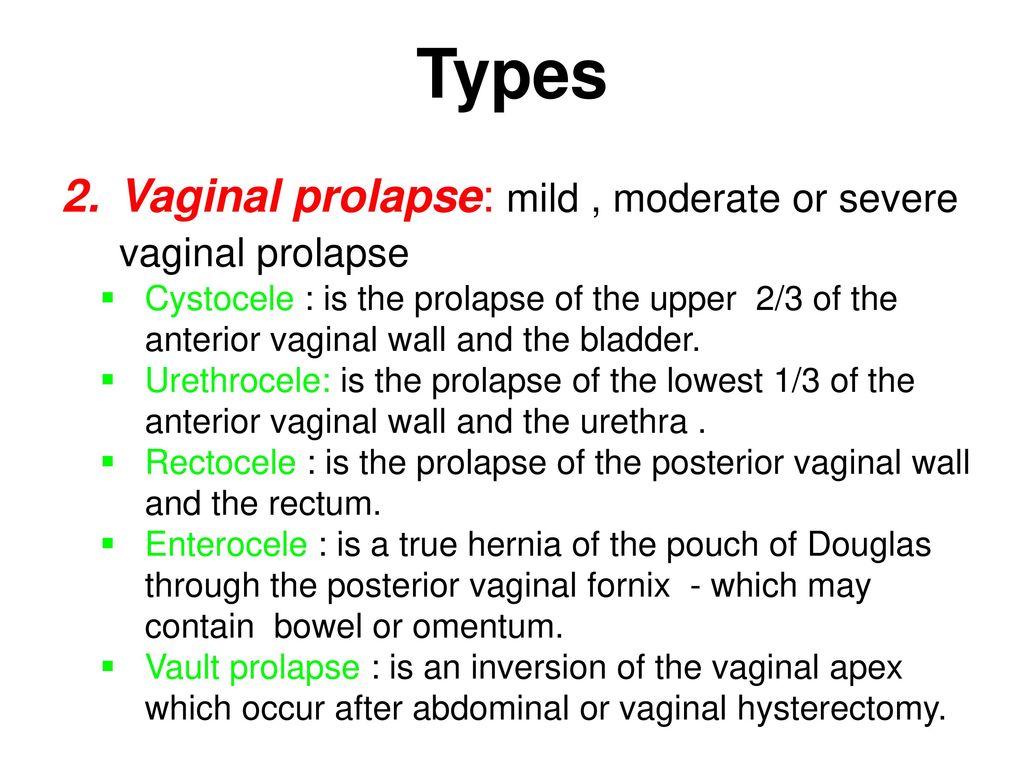

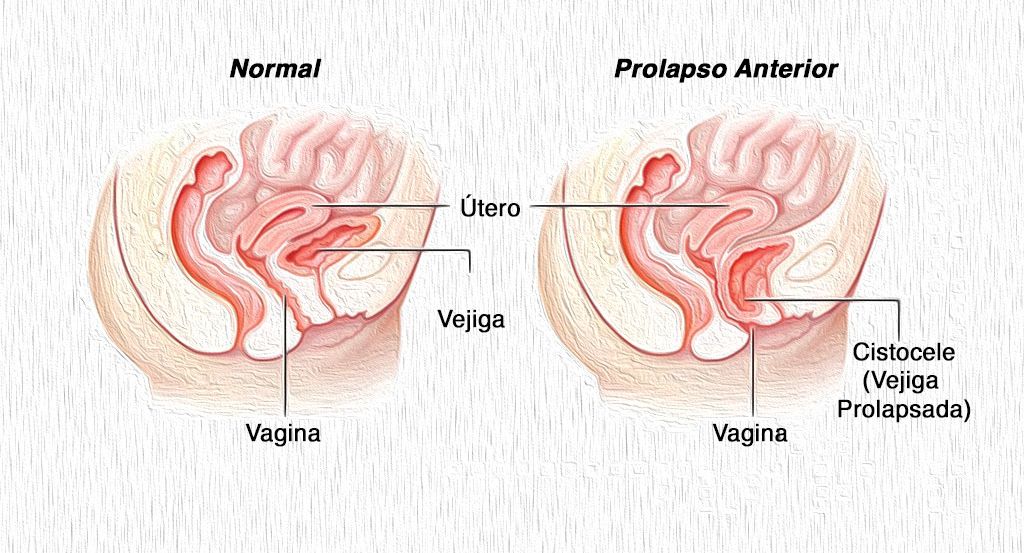


 Through
Through

